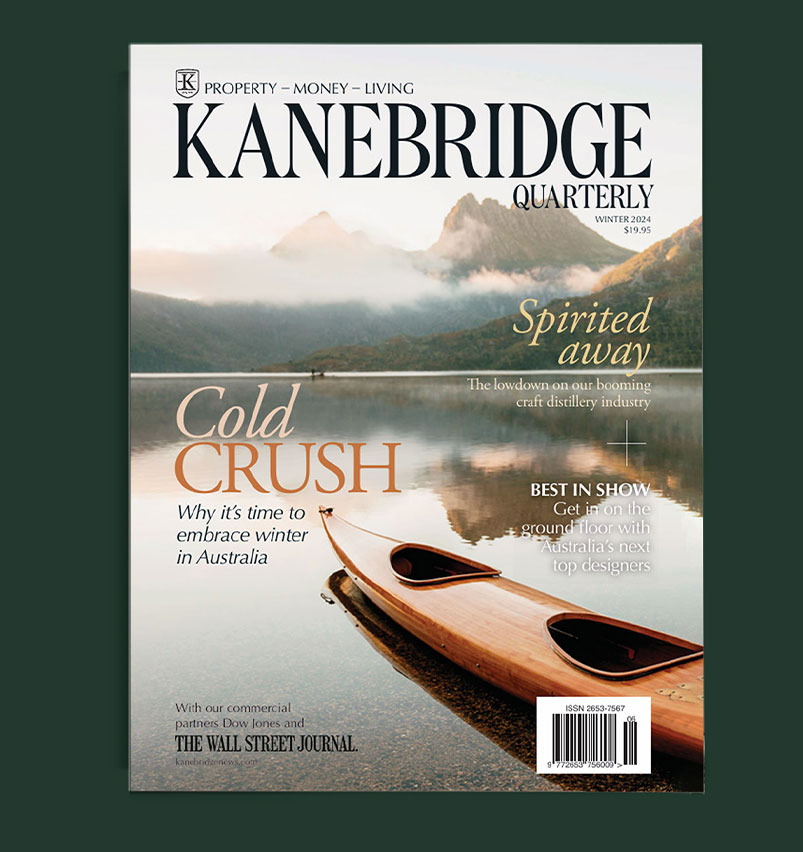China’s Economic Recovery Slowed In April
Growth in retail sales slowed sharply from March pace.
BEIJING—China’s economic activity grew at a slower pace in April as retail sales missed expectations, complicating the picture of a steady and balanced recovery in the world’s second-largest economy.
Official data released Monday showed industrial output and fixed-asset investment beating market expectations and continuing to lead the recovery, but domestic consumer spending, which has lagged behind for months, remaining soft.
China’s industrial production in April was up 9.8% from a year earlier, slower than March’s 14.1% pace, the National Bureau of Statistics said Monday. Fixed-asset investment decelerated as well, to 19.9% in the January-April period from 25.6% in the first quarter.
Retail sales, a key gauge of China’s domestic consumption, underwhelmed: April’s figure was up 17.7% from the pandemic-hit level a year earlier, well short of March’s 34.2% pace.
Economists had largely expected the double-digit year-over-year percentage growth that major indicators delivered, given the low-base of comparison from a year earlier, when China’s economy had just begun to bounce back from the coronavirus shock. In the coming months, however, that “low-base effect” will fade, given the economy’s recovery during the spring and summer last year.
Monday’s figures on industrial output and fixed-asset investment actually exceeded the forecasts of economists polled by The Wall Street Journal, who had pegged 9.1% and 19.2%, respectively. Retail sales, however, missed their predicted 24.9%.
To strip out last year’s pandemic distortions, government statisticians and economists have benchmarked this year’s numbers against 2019’s. By that measure, official data showed industrial production up 14.1% in April, largely in line with March’s growth rate, while the pace of retail-sales slowed to 8.8% from March’s 12.9%.
The retail-sales miss was a particular disappointment for economists and policy makers, who have been watching for several months for signs of a tilt toward consumption-driven growth in the Chinese economy, after more than a year of expansion led by manufacturing and exports.
For the Chinese economy as a whole, says Ding Shuang, an economist at Standard Chartered, “The problem is not the growth rate, but its unbalanced recovery. Some sectors, such as industrial activity, appeared to be too hot, while others, like service and consumption, haven’t yet recovered to pre-virus levels.”
China’s strong rebound from the Covid-19 pandemic last year was largely driven by its swift factory resumption and government-led investment, while household spending has repeatedly fallen short of expectations.
Pointing to the softness in domestic spending, the Chinese Communist Party’s Politburo—its top decision-making body—said last month that the economic recovery remains uneven and its foundation less than solid.
China’s gross domestic product reported a record year-over-year gain of 18.3% in the first quarter. That makes meeting Beijing’s official target of “above 6%” growth for 2021 a relatively light lift.
Economists argue that the modest growth target leaves Beijing’s policy makers with more wiggle room to address longer-term structural problems in the economy—such as high leverage, potential asset-price bubbles and, in particular, the weakness of domestic consumption.
Chinese policy makers face a dilemma, Louis Kuijs, an economist with Oxford Economics, told clients in a note Monday: While Beijing wants to dial down leverage generally, the persistently weak consumption numbers may increase “pressure to pursue a more pro-growth macro policy that could increase financial risks and leverage.”
April’s lacklustre consumption data came even as China’s labour market showed signs of improvement. The urban surveyed unemployment rate, China’s headline jobless figure, dropped to 5.1% in April, the lowest level in more than a year.
In a briefing Monday, Fu Linghui, a spokesman for China’s statistics bureau, acknowledged the imbalance in the economic recovery, but said the improving labour market and increasing household income would lift consumption.
Iris Pang, an economist with ING Group, said April’s consumption weakness might prove short-lived, with figures for the five-day Labor Day holiday at the start of May indicating robust spending.
Over the holiday, Chinese people made a total of 230 million trips, marking the first time that traveller numbers topped pre-virus levels. The nation’s box office also broke records for revenue and number of moviegoers.
Meanwhile, though fewer cities in China reported rising home prices in April, average new home prices nationwide in April were up 4.45% from a year earlier, official statisticians said Monday, following a 4.36% year-over-year rise in March—underscoring the challenge that policy makers face in reining in home prices.
Reprinted by permission of The Wall Street Journal, Copyright 2021 Dow Jones & Company. Inc. All Rights Reserved Worldwide. Original date of publication: May 18, 2021.
 Copyright 2020, Dow Jones & Company, Inc. All Rights Reserved Worldwide. LEARN MORE
Copyright 2020, Dow Jones & Company, Inc. All Rights Reserved Worldwide. LEARN MORE
This stylish family home combines a classic palette and finishes with a flexible floorplan
Just 55 minutes from Sydney, make this your creative getaway located in the majestic Hawkesbury region.
Continued stagflation and cost of living pressures are causing couples to think twice about starting a family, new data has revealed, with long term impacts expected
Australia is in the midst of a ‘baby recession’ with preliminary estimates showing the number of births in 2023 fell by more than four percent to the lowest level since 2006, according to KPMG. The consultancy firm says this reflects the impact of cost-of-living pressures on the feasibility of younger Australians starting a family.
KPMG estimates that 289,100 babies were born in 2023. This compares to 300,684 babies in 2022 and 309,996 in 2021, according to the Australian Bureau of Statistics (ABS). KPMG urban economist Terry Rawnsley said weak economic growth often leads to a reduced number of births. In 2023, ABS data shows gross domestic product (GDP) fell to 1.5 percent. Despite the population growing by 2.5 percent in 2023, GDP on a per capita basis went into negative territory, down one percent over the 12 months.
“Birth rates provide insight into long-term population growth as well as the current confidence of Australian families,” said Mr Rawnsley. “We haven’t seen such a sharp drop in births in Australia since the period of economic stagflation in the 1970s, which coincided with the initial widespread adoption of the contraceptive pill.”
Mr Rawnsley said many Australian couples delayed starting a family while the pandemic played out in 2020. The number of births fell from 305,832 in 2019 to 294,369 in 2020. Then in 2021, strong employment and vast amounts of stimulus money, along with high household savings due to lockdowns, gave couples better financial means to have a baby. This led to a rebound in births.
However, the re-opening of the global economy in 2022 led to soaring inflation. By the start of 2023, the Australian consumer price index (CPI) had risen to its highest level since 1990 at 7.8 percent per annum. By that stage, the Reserve Bank had already commenced an aggressive rate-hiking strategy to fight inflation and had raised the cash rate every month between May and December 2022.
Five more rate hikes during 2023 put further pressure on couples with mortgages and put the brakes on family formation. “This combination of the pandemic and rapid economic changes explains the spike and subsequent sharp decline in birth rates we have observed over the past four years,” Mr Rawnsley said.
The impact of high costs of living on couples’ decision to have a baby is highlighted in births data for the capital cities. KPMG estimates there were 60,860 births in Sydney in 2023, down 8.6 percent from 2019. There were 56,270 births in Melbourne, down 7.3 percent. In Perth, there were 25,020 births, down 6 percent, while in Brisbane there were 30,250 births, down 4.3 percent. Canberra was the only capital city where there was no fall in the number of births in 2023 compared to 2019.
“CPI growth in Canberra has been slightly subdued compared to that in other major cities, and the economic outlook has remained strong,” Mr Rawnsley said. “This means families have not been hurting as much as those in other capital cities, and in turn, we’ve seen a stabilisation of births in the ACT.”
This stylish family home combines a classic palette and finishes with a flexible floorplan
Just 55 minutes from Sydney, make this your creative getaway located in the majestic Hawkesbury region.






















